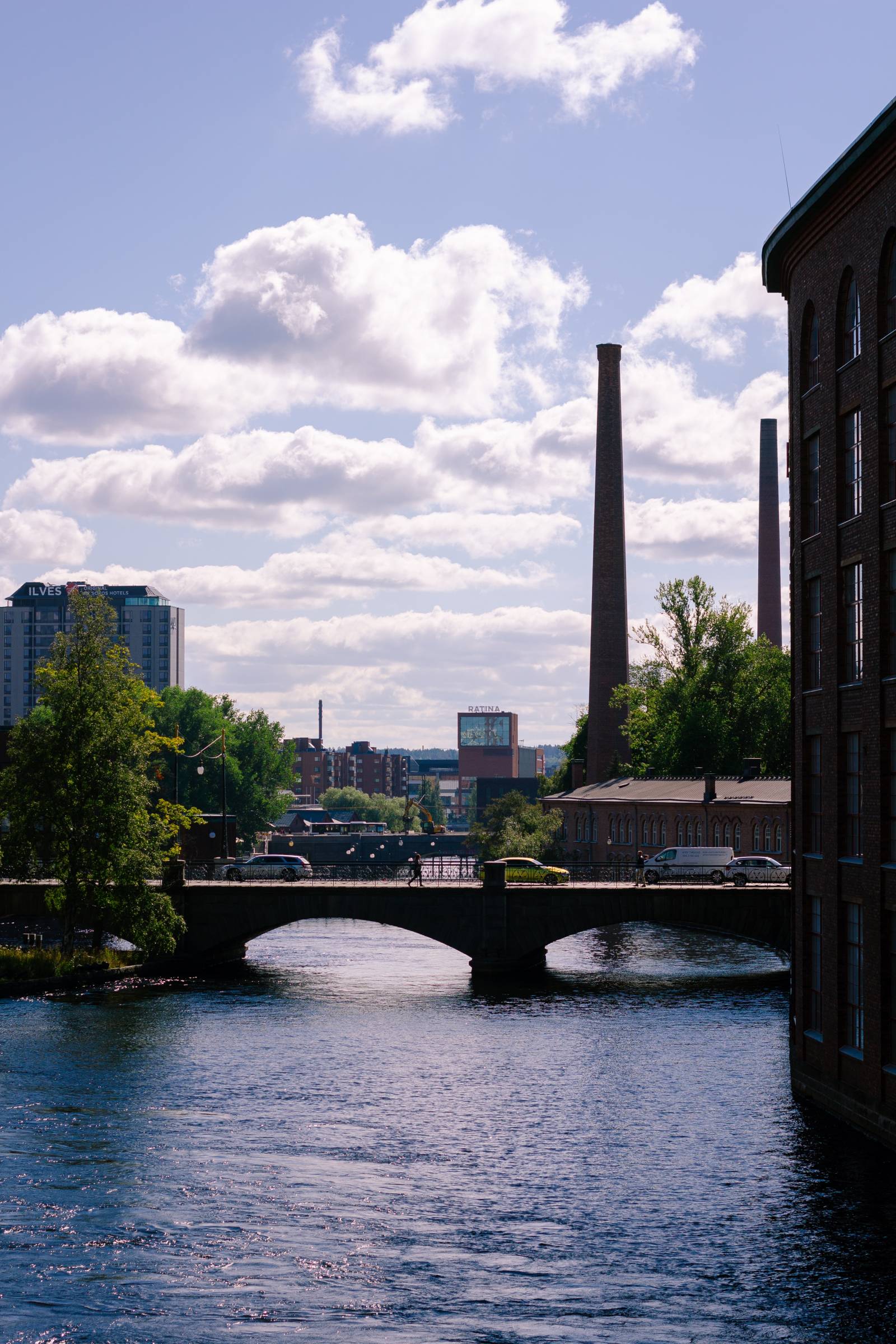The full report is in Finnish, but here’s the executive summary concluding the main learnings and findings:
Who would not like to live in a safe and secure city, enjoying of its amenities and experiences? SURE project supports the City of Tampere in its attempts to systematically develop urban and event security as sources of competitive urbanity. The project is also out to promote new kind of security thinking and even new security culture based on the ideals of open and deliberative society. The method to do this has been to identify and communicate with the providers and agents of safe city and safe events — including regular townspeople and event goers.
At the core of this report is the scenario work that has served the needs of the entire SURE project, as well as the literature analysis on the relationship between cities, events and security. The city’s key event areas have been jointly examined with safety and security authorities and event producers. This has enabled building of a shared understanding of the city’s security situation, especially in the selected event areas.
The age of events that the report describes is best illustrated by the Tampere Deck area, which is fundamentally changing not only the cityscape but also the downtown functions. The growing city and its changing event areas challenge the actors responsible for event safety to prepare and train for new types of situations. In the report, the planning needs of the different venues and their surrounding urban space are linked to ten more general guidelines for planning safe and secure event city.
Event environments are dense spaces where different urban functions and situations meet. Many risks are associated with encounters in large crowds. As such, they provide a particularly good framework for promoting and researching urban safety. Like events, cities are natural meeting places for people, and their security is promoted through technological and people-oriented solutions alike. With smart solutions, a city that seeks to be safe and secure in a socially sustainable way can learn a lot from responsible planning of events.
However, security is many things. It is the responsibility of authorities, such as the police and the fire department, but also a question of perceived safety in both events and everyday life. Too bluntly visible security technology is easily regarded as a threat to ambience and enjoyment. However, recent years have emphasized safe gatherings and health security as part of organizing a responsible event. Safety is no longer seen separate from creating an ambience.
You can find the full report (in Finnish) here.

